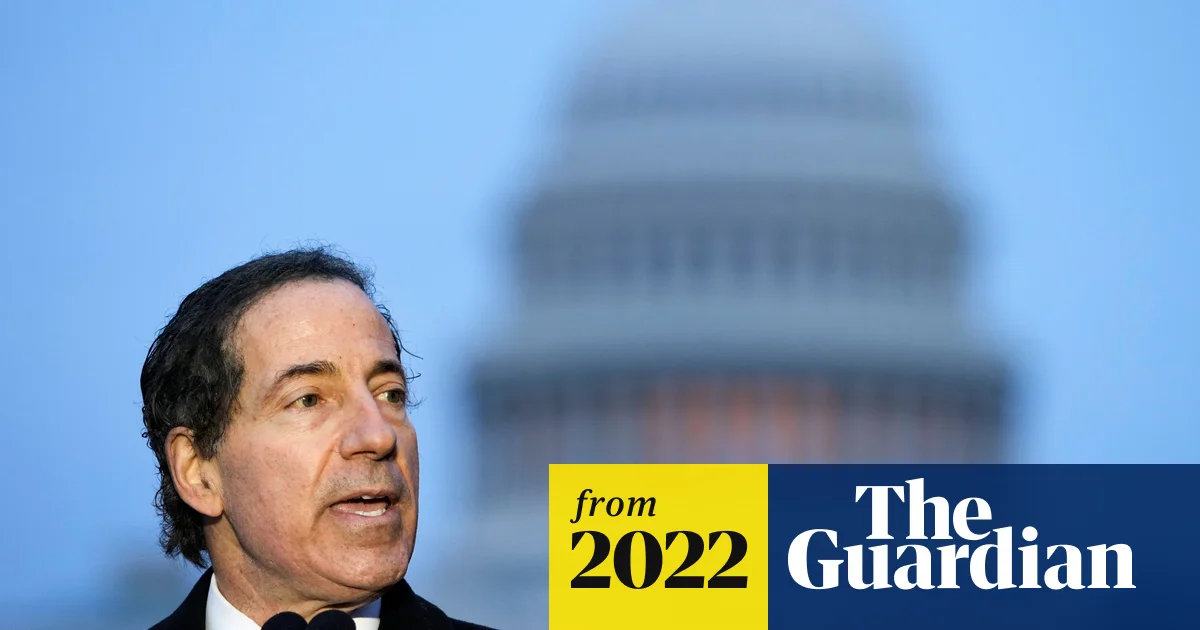- Introduction: Why Tommy Raskin’s Letter Moved the World
When people heard the news that Congressman Jamie Raskin’s son, Tommy, had died—and left a final letter behind—it felt like the whole world stopped. Hearts broke everywhere. This wasn’t just about a well-known politician losing his son. It was bigger than that. This was about depression, about human pain, about the kind of love that never runs out, and about compassion for everyone, everywhere. Here was a brilliant young man struggling in silence, and his final letter became a symbol—a wake-up call about mental health that still echoes today. Even now, it’s one of the most powerful messages any public family has ever shared.
PIC CREDIT: WBUR
https://bethesdamagazine.com/2021/07/10/bethesda-interview-jamie-raskin-and-sarah-bloom-raskin
- Who Is Jamie Raskin? A Quick Look at the Father
To understand Tommy, you have to know a little about his dad.
Jamie Raskin isn’t just any Congressman from Maryland. Before politics, he taught constitutional law. He took center stage during Trump’s second impeachment trial. People know him as a great speaker and a sharp writer. But more than that, he’s known for his kindness, his principles, and his way of connecting with people. He’s a dad to three kids—including Tommy.
Across the political spectrum, people respect Jamie for his honesty, brains, and the way he stands strong in a crisis. But if you ask him, his biggest role isn’t in politics—it’s being a father.
- Who Was Tommy Raskin? A Closer Look
Tommy didn’t become known because of his father’s job. People noticed him for who he was—a guy with deep empathy, a razor-sharp mind, and a real passion for justice. He wanted to help anyone who was hurting.
He graduated from Harvard College, went on to Harvard Law School, and people sometimes called him a “once-in-a-generation mind.” Professors loved him. Friends did too.
But what stood out most about Tommy wasn’t just his brain—it was his heart. People called him gentle, thoughtful, funny, and unbelievably kind. He was wise but never arrogant. He had this goodness about him that you could feel.
Pic Credit: Politico
- Tommy’s Compassion: A Heart That Felt Everything
What set Tommy apart was how much he cared. He couldn’t eat meat because he couldn’t stand the thought of animals suffering. He gave away money to charity whenever he could. He wrote letters demanding justice for people who had none. He joined groups fighting for human rights. He believed in fairness—deeply.
But, you know, sometimes the people who care the most end up hurting the most. The world just felt too heavy for him to carry.
- The Battle Nobody Saw: Tommy and Depression
For all his achievements and all the good he did, Tommy was in a fight—a real one.
He dealt with severe depression. Not just feeling down, not just having a bad day. This was an illness, clinical and relentless. You can’t just wish it away or “snap out of it.”
Tommy’s family said he was his own harshest critic. He felt crushed by the world’s suffering. Sometimes he thought he was a burden, even though everyone around him loved him. He was exhausted, mentally and emotionally.
Then came the pandemic. Isolation made everything worse. Even with therapy, medication, and all the support anyone could give, his pain kept growing.
- The Night Everything Changed
On December 31, 2020, Tommy died by suicide in his room. He was just 25.
He left a letter. Short, beautiful, heartbreaking. It showed his love, his pain, and his compassion—even in his last moments. He named his illness. And the world listened.
- What Did Tommy Raskin’s Letter Say? Breaking It Down
Jamie Raskin later shared the main lines from Tommy’s note.
Tommy wrote, “Please forgive me. My illness won today.”
That one line says it all. This wasn’t about weakness or choice. This was about being sick.
He also wrote, “Please look after each other, the animals, and the global poor for me.”
Even in his last moments, he wasn’t focused on himself. He was thinking of everyone else—people in pain, animals, anyone who needed kindness. That’s why so many people call Tommy one of the kindest souls they’ve ever heard of.
Pic Credit: The Guardian
- Digging Deeper: What Tommy’s Letter Really Meant
Let’s look closer:
“Please forgive me.” He didn’t want to hurt his family. He felt guilty, even while he was suffering. Depression can make people feel like they’re blind to hope.
“My illness won today.” He wanted everyone to understand—depression is an illness. He fought for years, but it became too much. It wasn’t a decision; it was the disease.
“Take care of each other.” He wanted the world to be more caring.
“Take care of the animals.” He was a vegan for a reason. He believed animals feel pain, and he wanted people to help them.
“Take care of the global poor.” Tommy thought poverty was the world’s biggest injustice. He wanted people to help make things fairer.
His letter wasn’t just a goodbye. It was a message to everyone: Be kinder. Look out for each other.
- Why Tommy’s Letter Struck a Nerve
Millions of people saw themselves or someone they loved in Tommy’s story.
